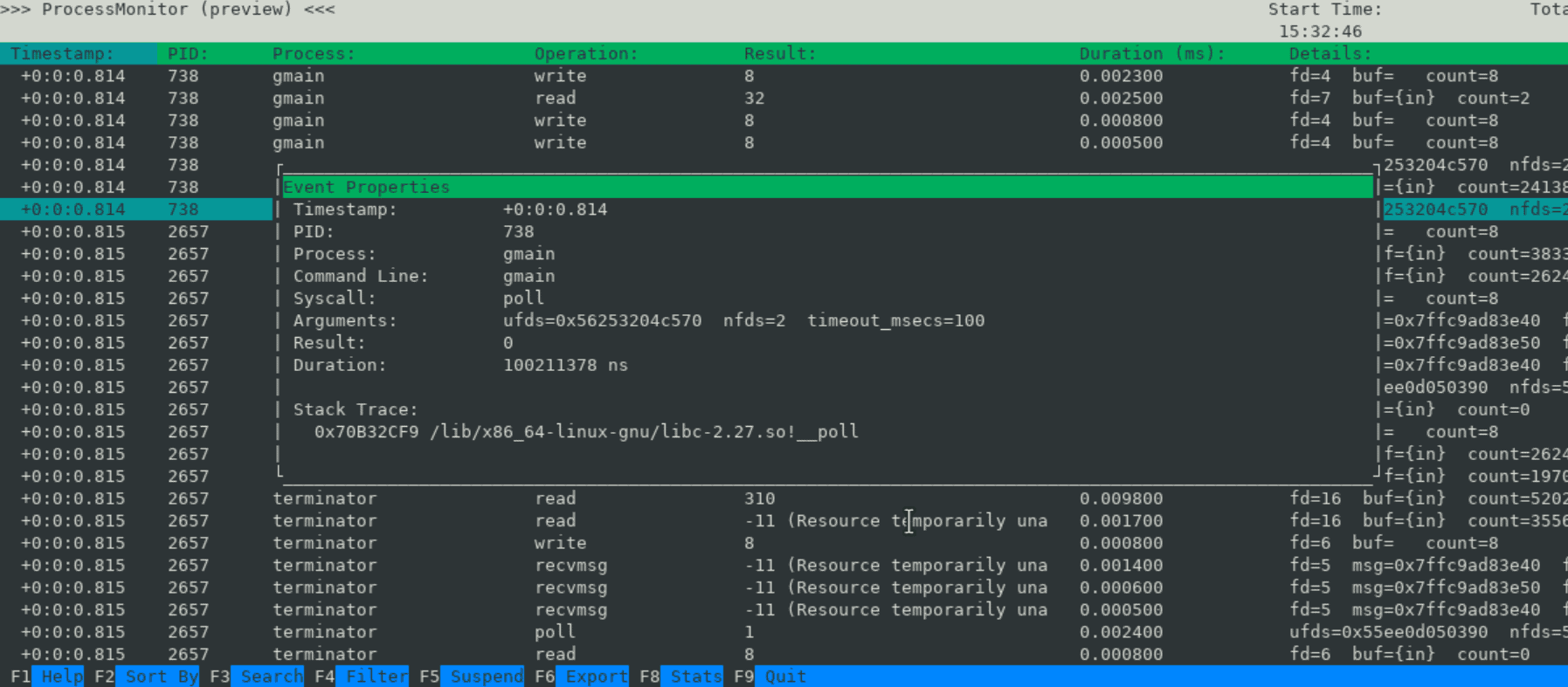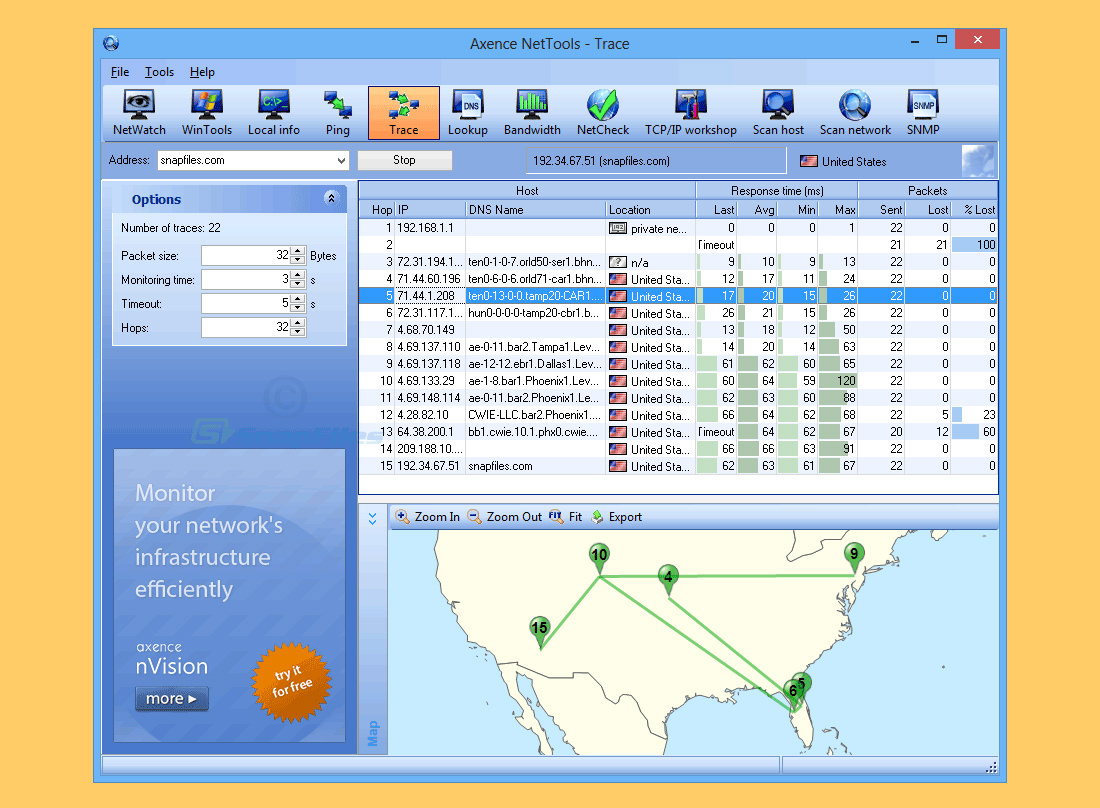

To select all processes pass the -A or -e option as follows: Use the ps command to report a snapshot of the current processes under Linux. For a single CPU system 1 – 3 and SMP systems 6-10 load value might be acceptable. The load can change from system to system. The current time, how long the system has been running, how many users are currently logged on, and the system load averages for the past 1, 5, and 15 minutes. We use the uptime command to see how long the server has been running. uptime – Tell how long the Linux system has been running

We use the w command displays information about the users currently on the machine, and their processes. w – Find out who is logged on and what they are doing Linux Find Out What Process Are Using Swap Space 3. Linux Find Out What Process Are Using Swap SpaceĪnother option is to combine pgrep command with the grep command to find out SWAP mem usage: See “ How do I find out Linux Resource utilization to detect system bottlenecks?” for more info. # vmstat -m Get Information About Active / Inactive Memory Pages Sample Outputs: procs -memory-swap-io-system-cpu. The vmstat command reports information about processes, memory, paging, block IO, traps, and cpu activity. How do I Find Out Linux CPU Utilization? 2. Helpful for setting up top for a specific task.Įnables you to interactively select the ordering within top. Useful for quick identification of performance-hungry tasks on a system.Įnters an interactive configuration screen for top. Sorts the display by top consumers of various system resources. Here is a list of useful hot keys: Hot Key Fig.01: Linux top command Commonly Used Hot Keys With top Linux monitoring tools


 0 kommentar(er)
0 kommentar(er)
